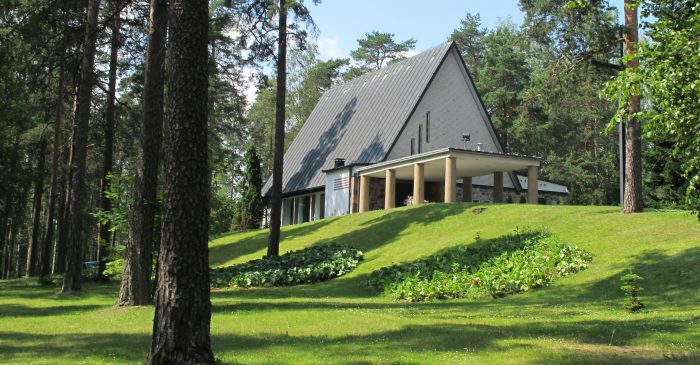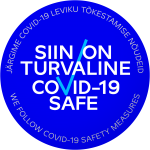
Crisply Nordic. Architect Erik Bryggman
Floor
05.01. – 23.02.2019
Erik Bryggman (1891–1955) is one of the most important Finnish architects of the 20th century. At the beginning of his career he designed a number of residential buildings in Turku in the Nordic Classicism style, which are considered some of the finest examples of this style in Finland. In 1927–1929 Bryggman, together with architects Alvar Aalto and Hilding Ekelund, introduced Functionalism to Finland. The Turku Fair (1929), designed jointly by Aalto and Bryggman, was a manifesto of Functionalism. The Vierumäki Sports Institute (1931–1936), the Åbo Akademi University Book Tower (1934–1935) and Sampo House (1936–1938) are key Functionalist buildings in Finland. The Resurrection Chapel (1938–1941) in Turku established Modernism in the design of Finnish churches. During the post-war reconstruction era Bryggman designed a number of schools, hospitals and residential buildings. His final design works include the Lappeenranta, Lohja and Honkanummi Funerary Chapels and the restoration of Turku Castle (1939–1961).
The exhibition, result of cooperation between the Bryggman Institute and the Museum of Estonian Architecture, presents Erik Bryggman’s life and work through the prism of four themes: timeline of Bryggman’s most important projects with churces-chapels and villas as a separate topic, and Bryggman’s cooperation with visual artists. The exhibition contains concise textual and visual information about Bryggman, including three original models from different collections in Finland.
On Wednesday, February 6 at 6 p.m. the curator, architectural historian Mikko Laaksonen will hold a lecture about the life and work of Erik Bryggman. The curator has recently published a monograph “Architect Erik Bryggman: Works” (Rakennustieto, 2016), the research done for the book is presented in summarised form at the exhibition. The lecture will be in English. Free admission.
Curator: Mikko Laaksonen (Bryggman Institute, Turku)
Graphic design: Noomi Narjus
Tallinn exhibition: Mait Väljas, Koit Randmäe (Museum of Estonian Architecture)
Estonian translation: Re:finer
Supporters: Cultural Endowment of Estonia, Finnish Institute in Estonia, Taiteen edistämiskeskus, Suomen kulttuurirahasto


